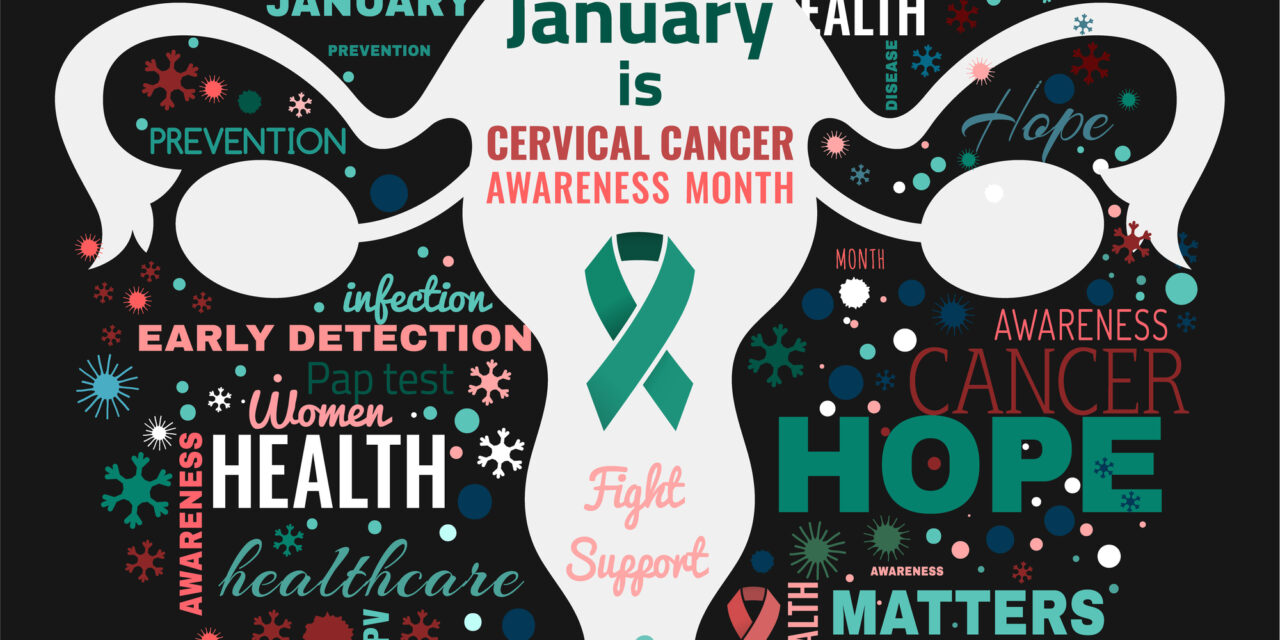Courtesy of Great Lakes Cancer Care Collaborative
The American Cancer Society (ACS) reports that cervical cancer was once one of the most common causes of cancer death among American women. Though those numbers have decreased dramatically as use of the Pap test has increased, cervical cancer remains a considerable global threat. That threat reflects socioeconomic conditions, as the World Health Organization reports that roughly 90 percent of new cervical cancer cases and deaths in 2020 occurred in low- and middle-income countries.
Lower cervical cancer death rates do not mean women in more developed countries are immune to the disease. As the ACS notes, more than 4,300 women were still expected to die from cervical cancer in 2023. But like other forms of cancer, cervical cancer is most treatable when detected early through screening. In addition to discussing screening with their physicians, women can familiarize themselves with cervical cancer risk factors to increase the likelihood of early detection.
- HPV infection: The ACS identifies infection with the human papillomavirus (HPV) as the most important risk factor for cervical cancer. HPV is not a single virus but rather a group of more than 150 related viruses. Though HPV infection is common and often requires no treatment, chronic infection can cause cervical cancer. Women are urged to discuss when they should receive the HPV test, pap test and HPV vaccinations with their physicians.
- Sexual history: The ACS notes several factors related to sexual history can increase risk for cervical cancer. Sexual activity increases risk for exposure to HPV, so women who become sexually active at a young age (especially younger than 18 years old), have many sexual partners, and/or have a sexual partner who has been infected with HPV, or are at greater risk for cervical cancer.
- Smoking: Smoking increases the risk for various cancers, and cervical cancer is no exception. The ACS reports that women who smoke are twice as likely as those who don’t smoke to develop cervical cancer. Researchers believe tobacco byproducts found in the cervical mucus of women smokers damage the DNA of cervix cells and potentially contribute to the development of cervical cancer. Smoking also compromises the immune system, making it harder to fight HPV infection.
- Long-term oral contraceptive use: The ACS notes that research indicates risk of cervical cancer increases the longer a woman takes oral contraceptives (OCs). However, that risk decreases once a woman stops taking OCs, and returns to normal years after stopping.
- Additional risk factors: Infection with chlamydia, multiple full-term pregnancies, and young age at first full-term pregnancy are some additional risk factors for cervical cancer.
Cervical cancer is not as big a threat as it once was in developed nations.
However, women should recognize the risk factors, get screened for cervical cancer and receive the HPV vaccination to reduce the risk of a disease that continues to prove deadly for hundreds of thousands of women across the globe each year. Learn more about Great Lakes Cancer Care Collaborative at www.greatlakescancercare.org, or call 716-884-3000 to schedule an appointment with a gynecologic oncologist.












